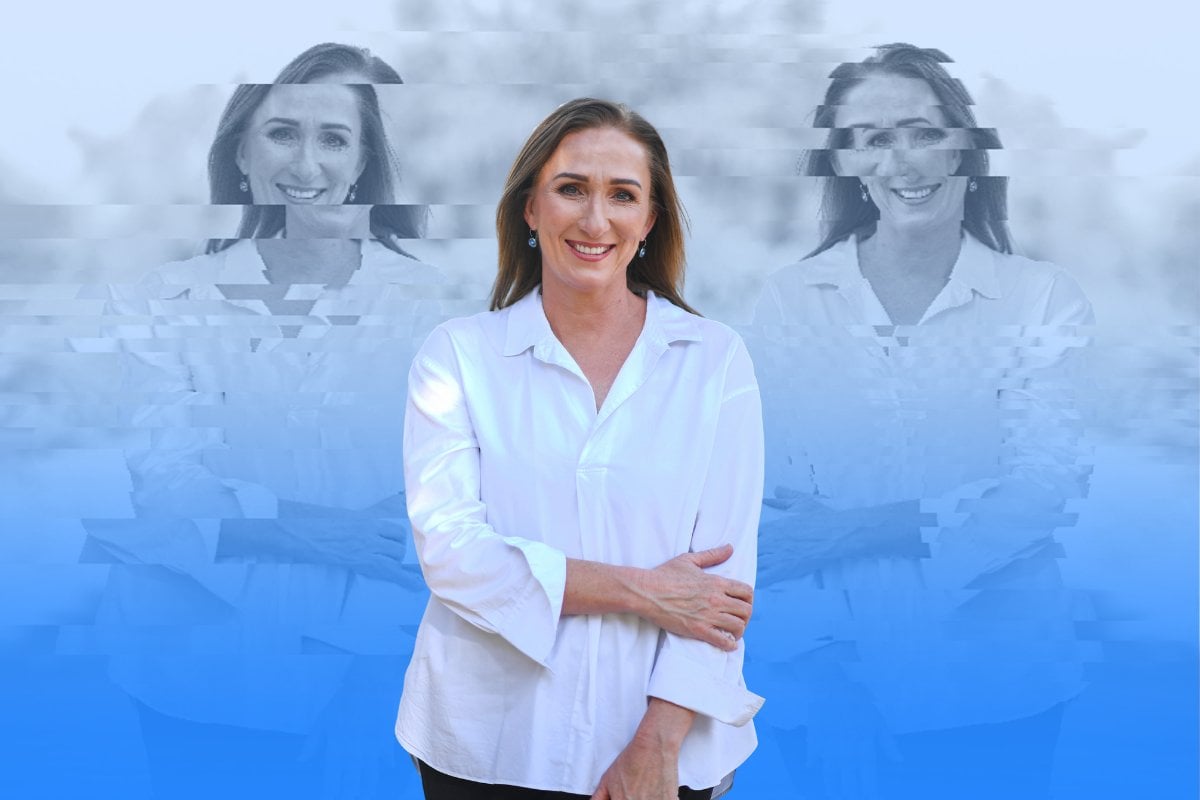
"The only reason women aren’t running the world by now," a male colleague said recently, ‘is because they’re still in the bathroom getting ready."
It was a joke, of course, and my good-natured colleague is fluent in them, but I must admit to laughing a little less enthusiastically than the other women in the room. Because in that moment I’d felt seen – and seen is a thing I work very hard to either avoid or control. It takes up a lot of my time, too much of it, mostly spent in bathrooms.
You don’t have to be vain to fixate on your physical appearance – and you don’t have to be a woman. For some of us, the motivation is to stand out less rather than more, to cover up things that might compromise conversation, to stop people staring for the wrong reasons. To make it easier to simply show up.
Listen to the Out Loud hosts talk about Elizabeth Gilbert's ill-fated book. Post continues below.
In my case, there are two quite large and significant skin cancer scars on my face that I choose to cover. Without an elaborate daily makeup routine honed over several years at my bathroom sink, they would dominate my face. They would define the way people see me and, by extension, the way I see myself. And that would make this thing called life much harder than it needs to be.
You’re thinking I can’t be objective about this, and you’re right. I’ve been doing it for too long now to know how a stranger might react to my uncovered face. But I do remember the first time – when my newly scarred face made a little girl in a library explode into tears and run to her mother – and I don’t care to test the waters again.

Top Comments